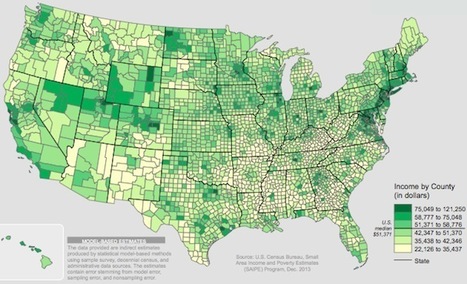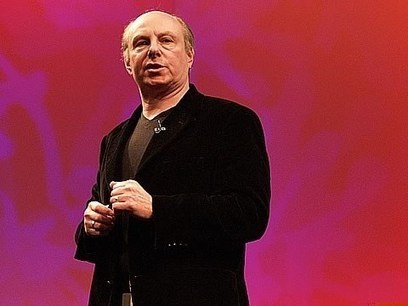"We have a myth today that the ghettos in metropolitan areas around the country are what the Supreme Court calls 'de-facto' — just the accident of the fact that people have not enough income to move into middle class neighborhoods or because real estate agents steered black and white families to different neighborhoods or because there was white flight. It was not the unintended effect of benign policies, it was an explicit, racially purposeful policy that was pursued at all levels of government, and that's the reason we have these ghettos today and we are reaping the fruits of those policies."
Tags: economic, race, racism, historical, neighborhood, podcast, urban, place, poverty, socioeconomic.



 Your new post is loading...
Your new post is loading...










![The Speed Burden [Costs of Sprawl] | ED262 mylineONLINE: ClassMatters | Scoop.it](https://img.scoop.it/FylN4HpUjR3Po2vIJ-TKTjl72eJkfbmt4t8yenImKBVvK0kTmF0xjctABnaLJIm9)
















